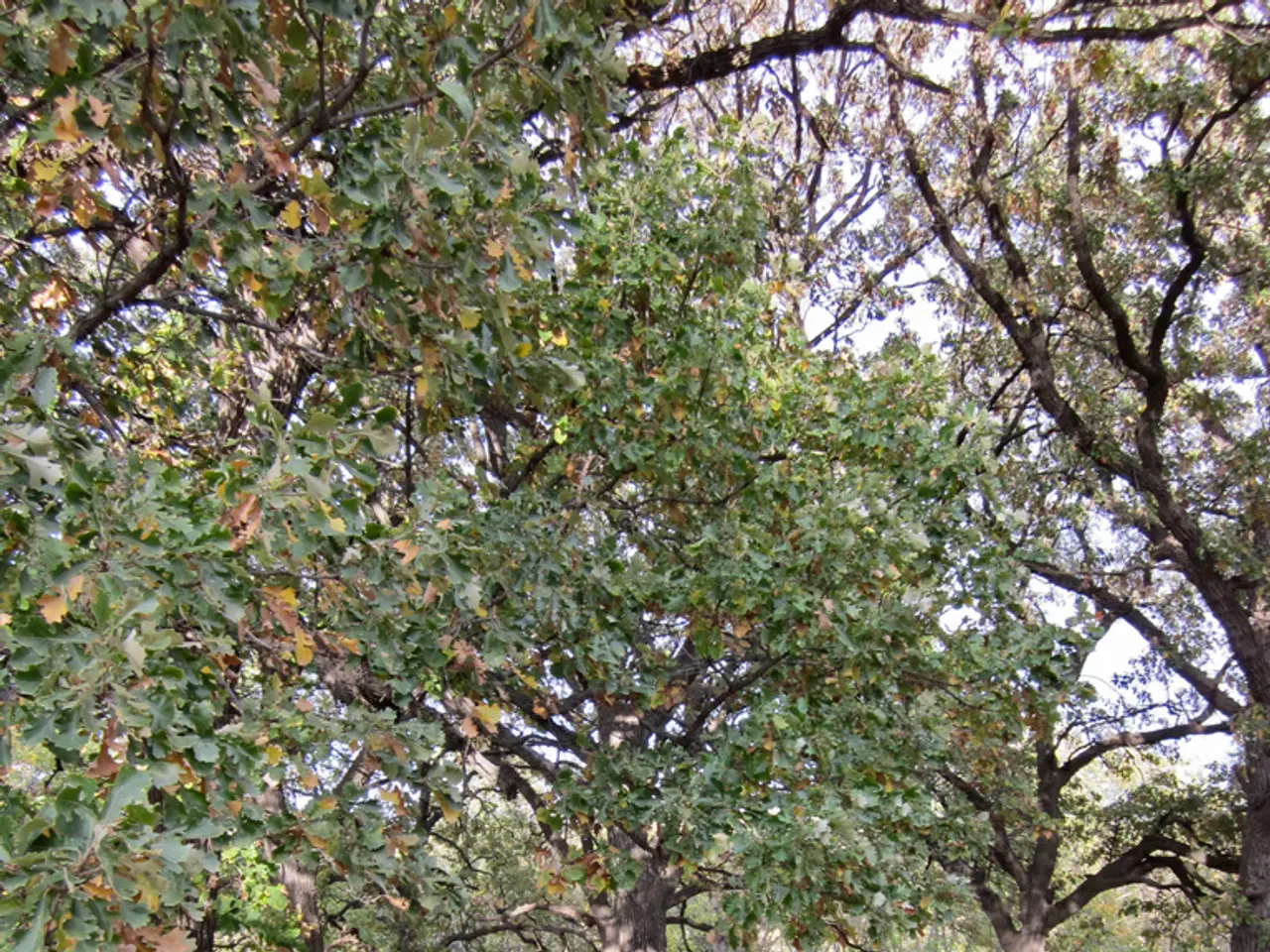Cemetery Manager: Revealing the Techniques Behind Visual Appeal
In the enchanting world of Graveyard Keeper, a captivating blend of 2D and 3D artwork unfolds, creating an immersive gaming experience. Developed by a passionate lead programmer with a penchant for graphics, the game employs the Unity engine to bring its rich visuals to life.
Graveyard Keeper's graphics are a testament to the power of Unity, showcasing several advanced rendering techniques that contribute to its stunning visuals. Here's a breakdown of how these features are typically implemented in Unity-based games like Graveyard Keeper:
- Dynamic Ambient Light: Graveyard Keeper's dynamic ambient light changes with the time of day, becoming darker and bluer at night. This is achievable through Unity's real-time global illumination and ambient light setup.
- LUT (Look-Up Table) Color Correction: The game uses LUT (Look-Up Table) color correction to change color shades based on the time of day or world zone. This technique involves post-processing effects in Unity, where developers create LUT textures to adjust colors globally in the scene.
- Dynamic Light Sources: Dynamic lights, such as torches, ovens, and lamps, are made in the game using sprites. Unity's lighting system allows configuring ambient light that changes based on time of day or player actions, with dynamic lights implemented using Unity's real-time lights that update lighting on objects dynamically.
- Normal Maps: Unity supports normal maps in materials to simulate surface detail and lighting interaction without extra geometry, giving objects more realistic lighting responses.
- 3D Light Simulation and Shadows: Unity's built-in real-time shadow mapping simulates shadows cast by objects from dynamic light sources. Mixed lighting modes combine baked and dynamic shadows for performance and quality.
- Object Altitude Simulation: This can be achieved by adjusting object positions on the Y-axis and modifying shadows and lighting accordingly to simulate height variations.
- Fog and Wind Effects: Unity's environment effects include fog via built-in fog settings and wind zones influencing vegetation animations and particle systems.
- Animations including Shader Animation of Leaves and Grass: Shader animations for vegetation are typically done using vertex shaders that animate vertices to simulate wind movement. Unity supports custom shaders (HLSL/Shader Graph) for such effects, alongside skeletal or vertex animations for other objects.
- Other Effects: Graveyard Keeper also features rain, wind, and various animations, all of which contribute to the game's immersive atmosphere.
While the exact implementation of these features in Graveyard Keeper may not be publicly documented, it is likely that the developers used these Unity systems combined with custom shaders and scripts to achieve the mentioned effects.
To delve deeper into the technical aspects of Graveyard Keeper's graphics pipeline, it may be beneficial to seek out developer interviews, technical talks, or Unity-related forums where the Graveyard Keeper team discusses their graphics implementation.
In Graveyard Keeper, the dynamic ambient light and LUT (Look-Up Table) color correction, implemented using Unity's real-time global illumination, ambient light setup, and post-processing effects, demonstrate the game's impressive use of technology, with smartphones and gadgets serving as potential tools for discovering more about the game's advanced graphics techniques.
To gain a comprehensive understanding of Graveyard Keeper's graphics pipeline, players and enthusiasts might turn to developer interviews, technical talks, or Unity-related forums, where they may find explanations on the game's intricate uses of Unity's lighting, shading, and environmental effects.




